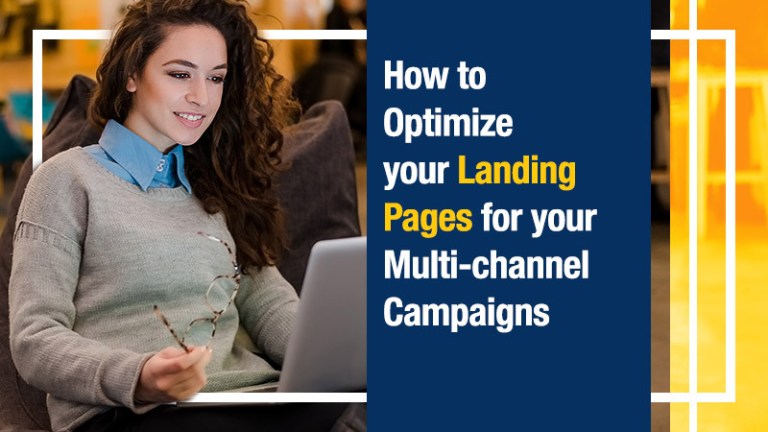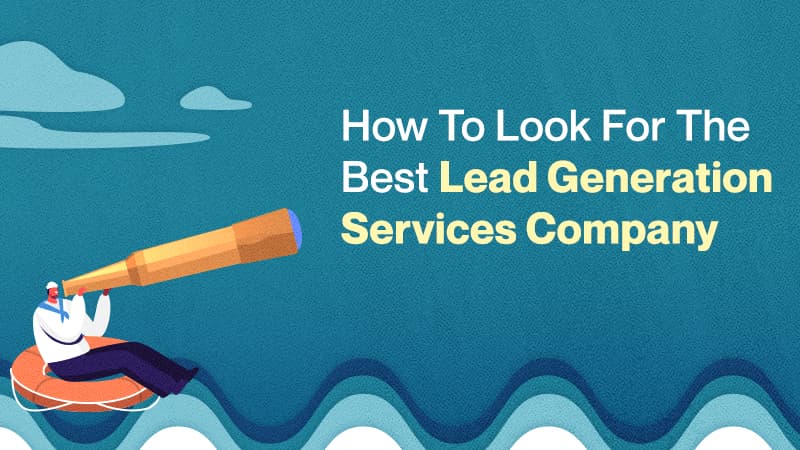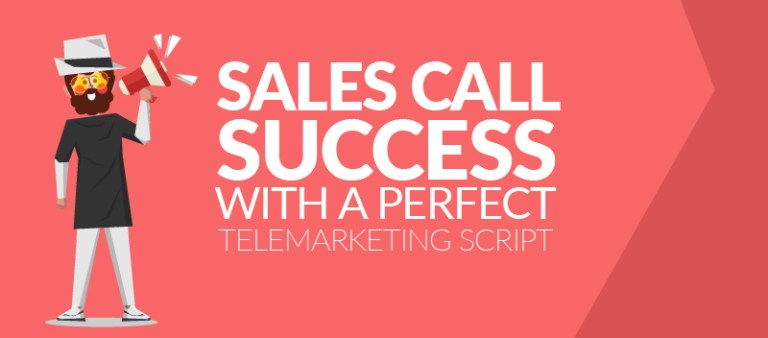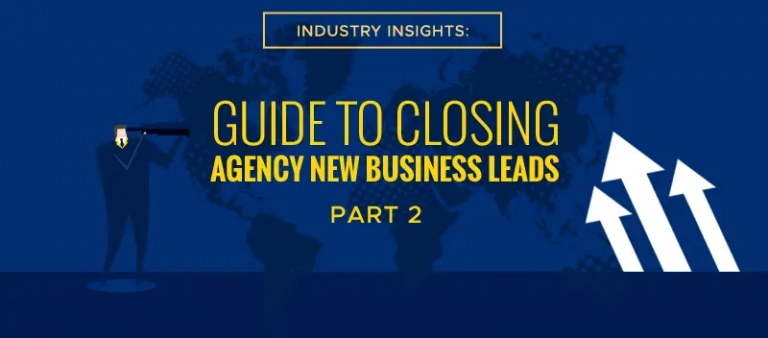Landing pages are essential in any lead generation effort, not only do they help with conversions, but they allow for proper methods of monitoring and tracking to be implemented.
Optimizing a landing page may seem daunting, but there are a couple of things that one can do to make the process easy.
In this article, we take a look at the essential optimization procedures for your landing pages, and how you can harness these for maximum conversions!
Landing pages per channel, not per campaign
Here is one rule that everyone often overlooks: “You cannot have a single landing page for everything.”
It doesn’t matter if it’s a single campaign if the traffic is coming in from a LinkedIn ad or telemarketing qualification calls, it needs to be optimized for that channel of acquisition. This is due to two things.
- It is easier to monitor through the use of a UTM on Google Analytics; this way, marketing teams will know the behavior of clients and prospects on that page.
- It will give you room to customize that landing page for the customer that came in through a different marketing channel.
By simply acknowledging the fact that they came from a particular channel, your prospects can have the idea that your organization prioritizes giving them customized material. This leads to your brand being known for personalization for its customers.
This procedure can be as simple as adding a symbol for the social platform they came in from or acknowledging and thanking them for the fact that they took your call.
Related: How to Generate Leads Faster with this Proven Outbound Workflow
Clean up your landing page design
The design of the landing page is essential to its potential to convert your customers. Functional design is a clean design that is clear and one where a customer feels good about themselves. Your customer needs to feel a sense of their “problem” soon being solved by their “decision” to use your solution.
Your design has to communicate that.
Get your call-to-action buttons done right
A proper call-to-action button doesn’t stress the visitor out; it gives you a clear message of what click that button will do. Avoid tiny text or ones that deal with pricing.
A great way to improve your CTA buttons is to use a non-standard copy such as “Get *Your Proposed Solution* Now,” by using something like this, you differentiate yourself from your competition who may be using standard CTA button text such as “Sign Up.”
Related: Essential Components of a Lead-generating Website
Prefill forms when you can
Nobody likes long forms on landing pages, but only asking for someone’s email address can be tricky when qualifying prospects. The best thing that you can do is to pre-fill forms whenever you can with what a standard customer would want. For example, if you are offering several packages, and it is a form for information requests, then populate the form with your standard package in the drop-down menu.
This makes your customers’ lives easier.
Testimonials help
We all know that testimonials help convert, but did you know that keeping them nearer to your Call-to-Action buttons could be the push that you are looking for. However, here are a few rules with the usage of testimonials:
Make sure they include a photograph of the user.
Full names are more believable than handles – if you can do both then go for it.
Video testimonials are more valuable than quotes.
To incentivize or not to incentivize
You don’t always have to give away discounts, but remember the psychology behind giving things away. Prospects will feel like they already owe an organization something, so they have to reciprocate in a way; maybe through a purchase of your product.
The FOMO effect
By telling customers that the product or service that they are looking at could be the last thing that they can get their hands on, one adds to the “Fear of Missing Out” or FOMO effect. This creates a sense of urgency that can help drive the conversion faster.
Improve page load speeds
An extra two seconds of the loading time is enough to deter your prospects from staying and waiting for your landing page to load. One must make sure that page speed optimizations are done beforehand to prevent this from happening.
Related: Mobile-First Indexing: What It Means for SEO and How to Prepare
Consider an exit popup
Think of it this way, you’ve already spent a considerable number of resources trying to get a prospect to get into your landing page, and now they are about to leave for one reason or another. This is time for you to get creative and use an exit popup with something compelling that addresses why they chose to leave.
It can be in the form of an incentive or something convincing enough for them to recheck your landing page.
There are many ways to optimize a landing page, but the problem is that not a lot of people take advantage of the many ways to do so. Your landing page is one of the most powerful tools that you have in your pipeline because it serves as a touchpoint for you and your customers. Maximize your social, telemarketing, and sales campaigns today with these simple tips!




